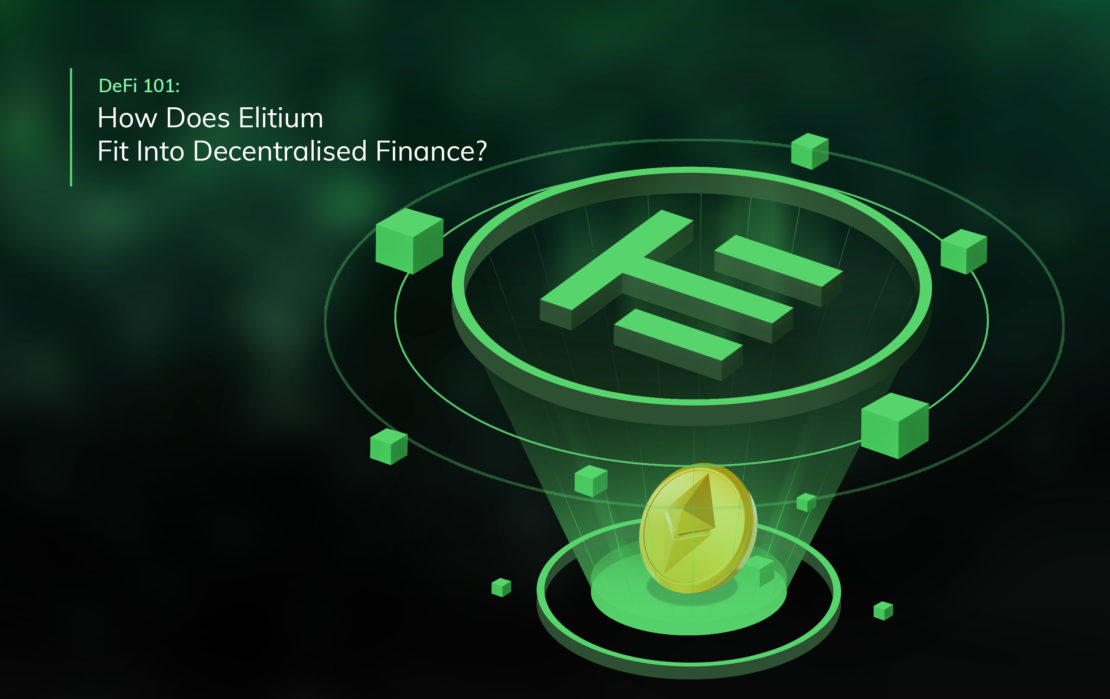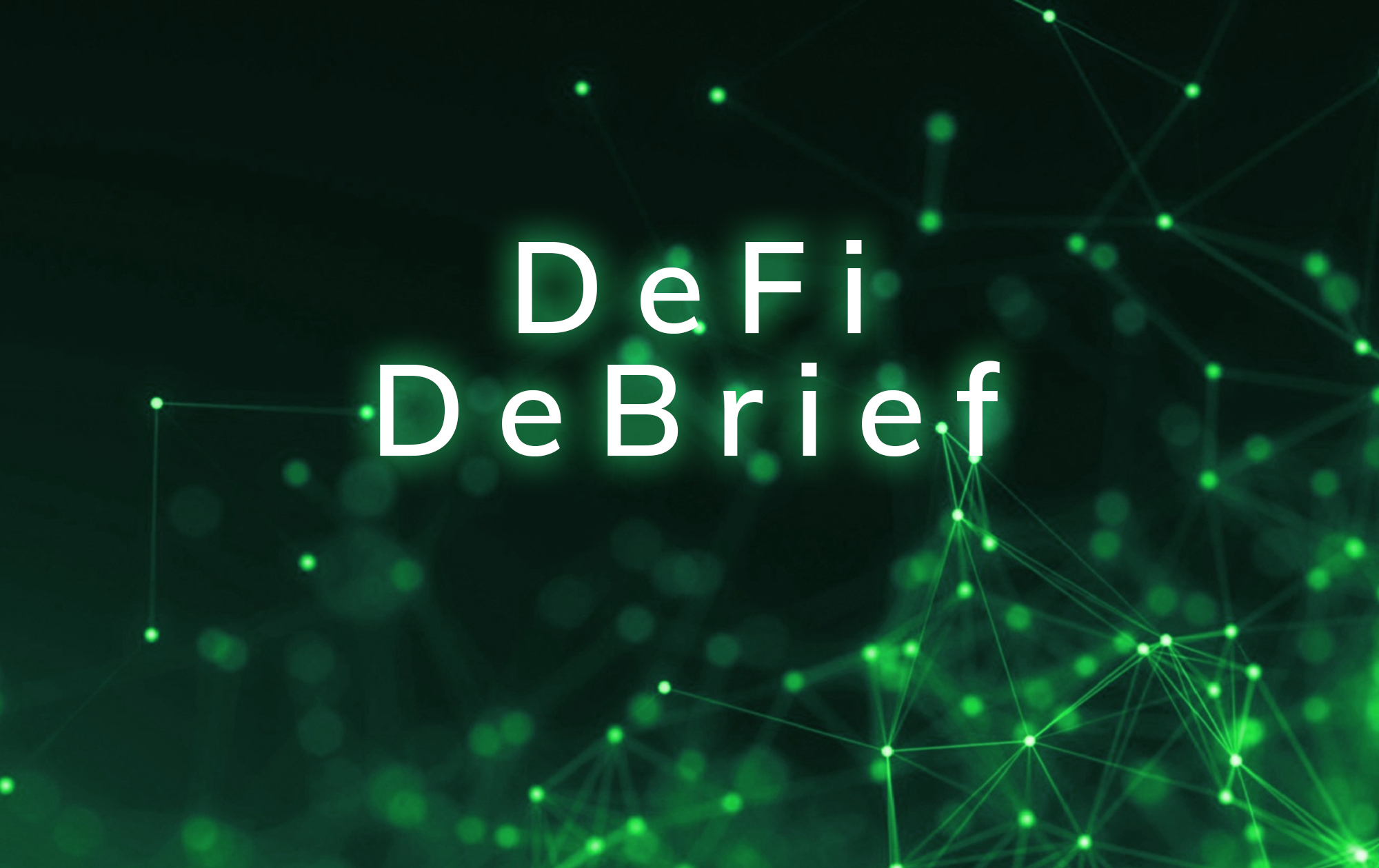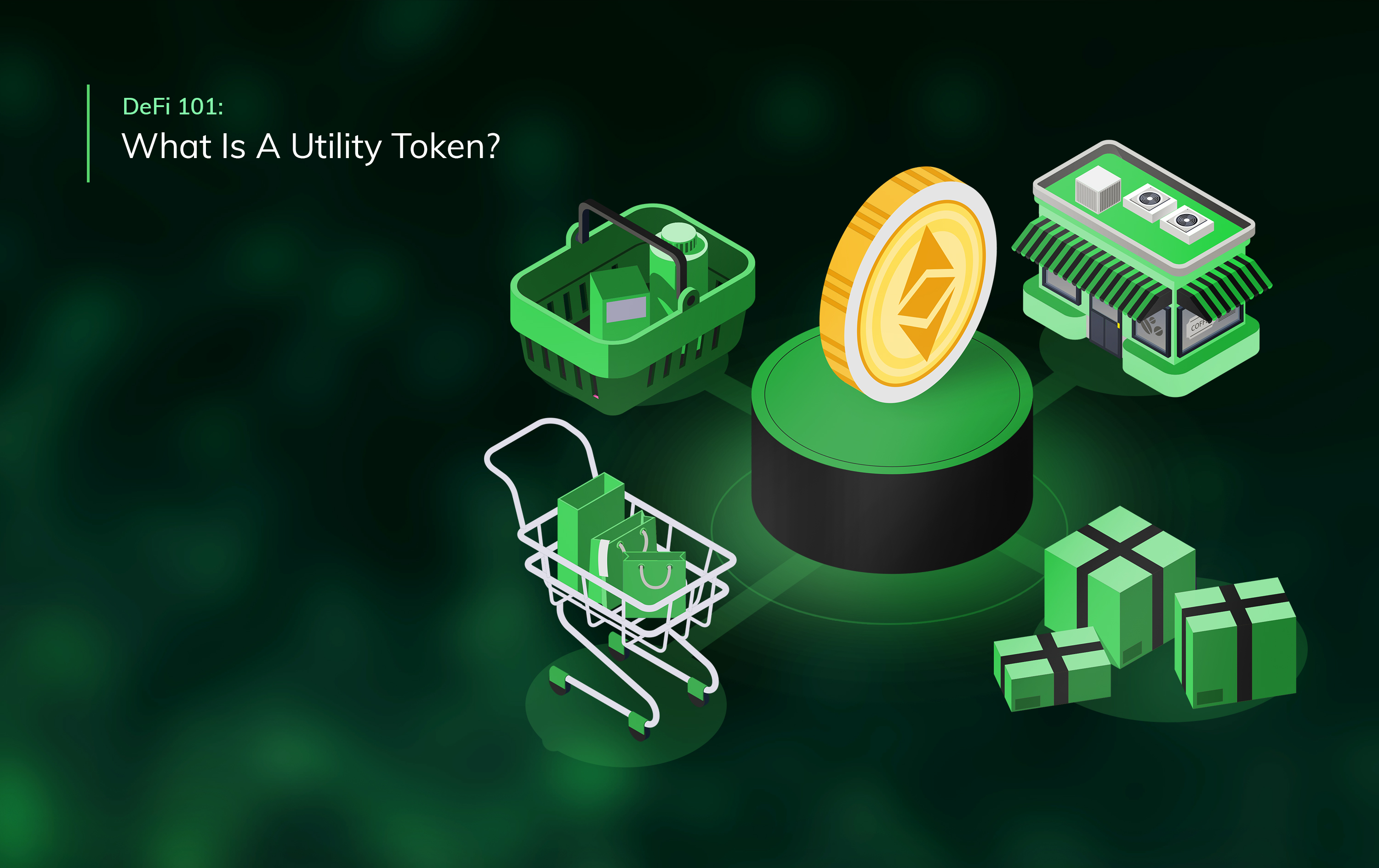DeFi 101: How Does Elitium Fit Into Decentralised Finance?
Decentralised finance (DeFi, for short) is an umbrella term for financial applications on the blockchain. DeFi apps power everything from cryptocurrency trading to lending money, even securing a loan.
— —
Last week, we wrote about the difference between centralised and decentralised finance. If you read that post, you may now be wondering, “Where on the spectrum is Elitium?”
In short, Elitium is somewhere in the middle; what you might call ‘CeDeFi.’ That’s to say — while the platform itself is centralised (it operates as part of a licensed and regulated entity), everything we do is powered by decentralised finance.
Elitium exists to make it much easier for you to invest in some of the best DeFi projects, including the likes of Aave, Curve Finance, and Balancer. Which is how you can generate higher APYs with Elitium than at your bank.
But ‘more simple and better yields’ aren’t the only selling points. Here’s why platforms like Elitium make sense for a select group of users.
The benefits of a platform like Elitium
One of the most common questions prospective clients ask is: “Why don’t I just use the DeFi apps myself?”
After all, we’re open about the protocols our platform uses. And you could find them online in a second. But just because they’re easy to find, it doesn’t make them easy to use (check out Curve Finance to see what we mean).
In truth, you often need a crash course in blockchain technology before you can understand how to use DeFi, which means learning about cryptocurrency, crypto wallets, self-custody, security, and a whole lot more.
If that’s not enough to make your head spin, there are plenty of hidden risks, too (you’ve no doubt seen stories about hundred-million-dollar crypto hacks).
So let’s break down why you might consider a platform like Elitium:
1. Familiar user experience
For everything DeFi does well, most platforms lack in one domain: the user experience. They’re overly confusing, which puts people off trying them the moment they see an app.
In contrast, a platform like Elitium offers a familiar investing experience, eliminating steps like buying cryptocurrency or choosing liquidity pools. All you have to do is fund your account via bank transfer, then you can deposit into a plan in a few clicks.
2. Zero gas fees
If you’re unfamiliar with blockchain technology, you may not know about ‘gas.’ Gas is just the fee to use the blockchain, meaning every time you move money or deposit into a DeFi application, you pay ‘gas’ (i.e., you pay Ether to use the Ethereum blockchain).
Gas fees can range from a few cents to hundreds of dollars, potentially destroying the ROI on your DeFi investments. But if you use Elitium, you don’t pay a thing to deposit into (or withdraw from) investment plans.
We pay the gas, helping you protect your returns.
3. Multi-layer security
The most established decentralised applications are secure. But there are layers of risk when you interact with DeFi. Hackers infiltrated the Curve Finance website, embedding a malicious smart contract and stealing over $500,000 in user funds.
And that shines a light on one of the biggest risks in decentralised finance. Users are tasked with self-custody, a positive in some aspects. But if you click the wrong button, you can lose everything in a second.
On the other hand, if you use a platform like Elitium, you interact with dApps at the smart contract level. Meaning you know your money is going exactly where you think. Better yet, there are additional protections in place.
Elitium ring-fences client funds using a custom smart contract, so even if there’s a hack, your money should still be secure.
Still, as we’ve all learned, more centralised platforms have their own risks.
Learning from the Luna, 3AC, and FTX fallout
In May 2022, the crypto world faced a potential end-game moment.
Volatile market conditions put the Terra ecosystem under pressure, with its native token, Luna, collapsing to zero in a matter of days.
The ecosystem’s ‘stablecoin’ lost its dollar-peg. And the event wiped some $40 billion from the market, wrecking thousands of investors. Among them were several high-profile hedge funds (most notably, 3AC), alongside some of the largest CeFi platforms.
The likes of Celsius and Voyager Digital became insolvent, but how could this happen? As it turned out, these platforms had taken on extreme leverage to service their ever-growing platform APYs, all without disclosing their strategies.
And so, when prices plunged (and the platforms had to return loans), they didn’t have the liquidity to honour growing client withdrawals. As a result, millions more deposits were lost owing to the recklessness of the few.
Most believed that crypto had survived a potential black swan event, but little did they know: worse was to come. In November, Coindesk revealed concerns in Alameda Research’s balance sheet, a firm with questionably close ties to major crypto exchange, FTX.
A flurry of events led to an effective bank run on FTX, resulting in a liquidity crunch that brought Alameda Research, FTX International, and FTX.US to its knees. And so back to the question once more: how could all this happen?!
Well, these three companies had seemingly also entered into the game of hyper-leverage. And in just a few days, a $32-billion-dollar empire disappeared, shining a light on the opaque practices of three entirely centralised platforms.
And this brings us to the pivotal question: how can a platform like Elitium mitigate such risks?
There are several ways.
Risk management, transparency, and trust
The biggest selling point of decentralised finance is transparency.
Every transaction sits in the public eye, on-chain for everyone to see. And with transparency comes appropriate scrutiny.
Centralised finance, on the other hand, doesn’t operate with the same degree of openness, and therein lies the problem. Platforms like FTX can get away with overly-risky strategies, with no one aware of what’s going on.
This is where Elitium is different. We try to operate with maximum transparency, sharing exactly how our platform generates yield. On top of this, we avoid leverage — and we have a watertight risk management policy.
Here’s how that helps:
- Risk management: The FTX HQ was in The Bahamas, but as Elitium only works with regulated European entities, this precluded it from custodying our assets;
- Zero leverage: We harness DeFi to generate yield, but we avoid the kind of leverage that brought 3AC and FTX down;
- Trust: we have two licences from a recognised European authority, proving the robustness of our risk management, financial reporting, and custody processes.
The reality is that our approach limits our APYs. However, it also moderates the risks as much as possible. So if you want to access DeFi via a secure, reliable, and transparent platform, then we suggest you give Elitium a go.
History proves we are one of the most reliable platforms around. Feel free to get in touch with the team to learn more about what we do.




